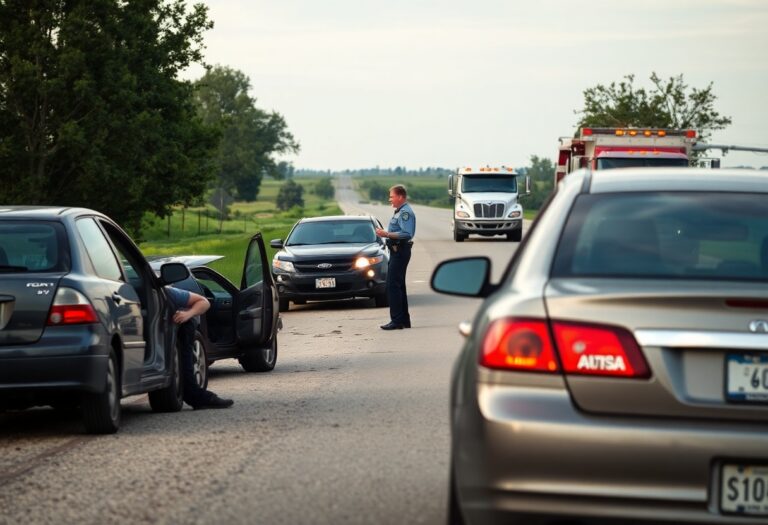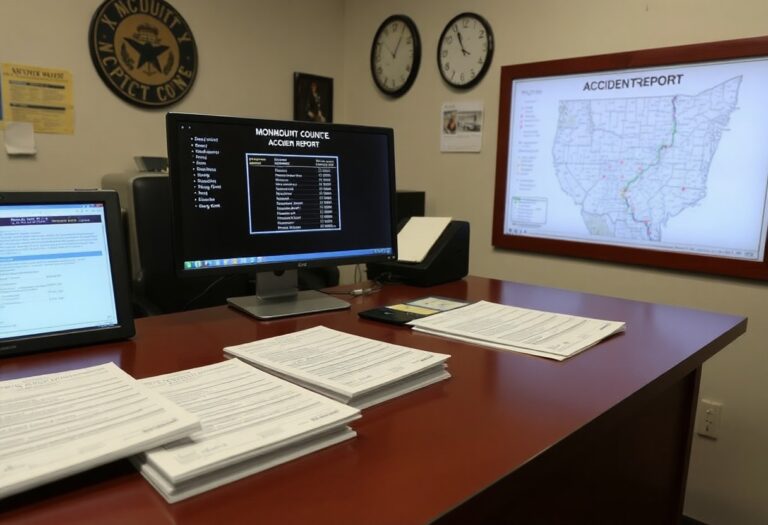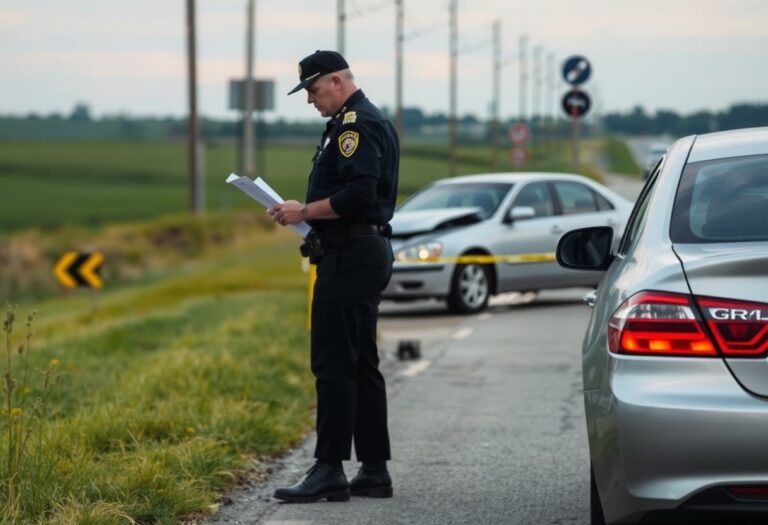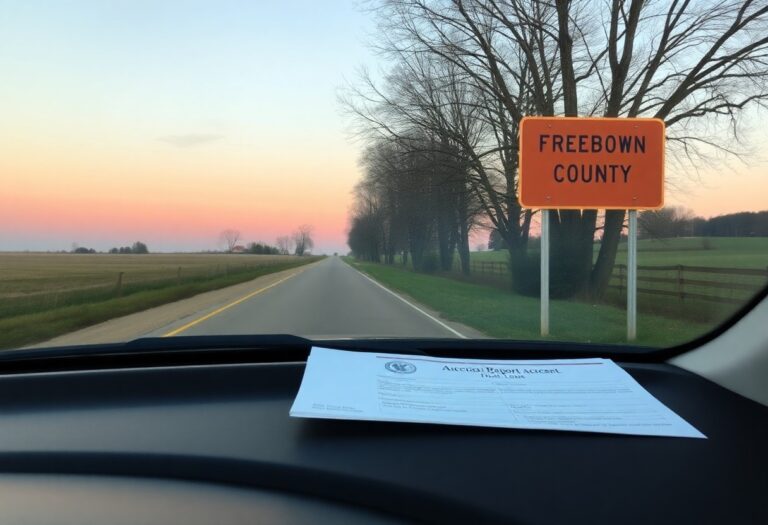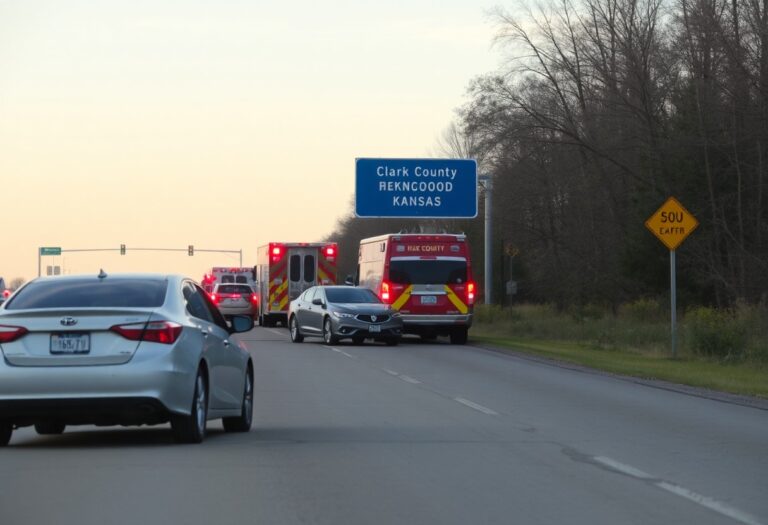Just when you thought you understood the process, acquiring a crash report in Windham County, Vermont can seem daunting. This guide will walk you through each step, ensuring you can successfully obtain your report with ease. You’ll learn about the necessary paperwork, where to go, and what to expect, all tailored to suit your needs. With the right information at hand, you can navigate this imperative task smoothly and efficiently, allowing you to focus on recovery and resolution.
The Legal Landscape: Understanding Your Rights to Access Crash Reports
Navigating the legal framework surrounding crash reports in Vermont requires understanding your rights. Under the law, you have the right to access these reports, which can be vital for insurance claims, legal proceedings, or personal records. By law, the information contained in these reports is considered public, enabling you to request a copy. However, this right is not absolute. Certain conditions must be met, and specific limitations may apply based on the circumstances surrounding the incident.
Vermont’s Freedom of Information Laws
Vermont’s Freedom of Information laws grant you the ability to access public records, including crash reports. These laws are designed to ensure transparency, allowing you to request reports without unnecessary barriers. The public has a vested interest in understanding the circumstances of traffic incidents, and these statutes empower you to obtain official documents relevant to your case.
Exceptions and Limitations in Requesting Reports
While you can generally access crash reports in Vermont, some exceptions and limitations exist. For instance, reports may be withheld if they are part of an ongoing investigation or if they contain sensitive information. Additionally, personal information, such as social security numbers, can be redacted to protect privacy. In some instances, the release of certain details may compromise an investigation, hence limiting what you can obtain.
In practice, this means that if law enforcement is actively investigating a serious accident, certain aspects of the report may be classified to avoid jeopardizing the case. For example, details that involve witness statements or ongoing criminal investigations might not be disclosed immediately. Knowing these limitations allows you to tailor your request appropriately and set proper expectations regarding the information you may receive.
Navigating the Request Process: Steps to Obtain Your Crash Report
Obtaining your crash report involves a straightforward process, which can be simplified into clear steps. First, you need to determine which law enforcement agency handled your accident. After identifying the correct agency, gather the necessary details to complete your request. Lastly, submit your request, ensuring you follow the instructions provided by the agency for a smooth experience. Following these steps will help you access the information you need efficiently and effectively.
Identifying the Correct Law Enforcement Agency
Your first step is to pinpoint the law enforcement agency that filed the crash report. In Windham County, this typically means reaching out to the local police department or the Vermont State Police, depending on where the incident occurred. You can usually find this information on the accident report itself, or ask fellow involved parties for assistance.
Required Information and Documentation for Your Request
To successfully request your crash report, you’ll need to prepare some key information and documentation. Essential details often include your name, the date of the accident, the location, and the report number if available. Additionally, having photographic identification may be necessary to confirm your identity as you navigate the request process.
Gathering the right information streamlines the request process. Aside from your personal details, having the specific date and location of the accident ensures the agency can quickly locate your report. If you have a copy of your insurance information or any previously provided report numbers, include them to aid in the identification. Identification, such as a driver’s license or another government-issued ID, is often required to verify that you are entitled to access the report. Getting these documents ready before reaching out will facilitate a smoother experience in obtaining your crash report.
The Timeline and Fees: What to Expect When Requesting a Report
Understanding the timeline and potential fees associated with obtaining your crash report can help you plan effectively. Typically, the entire process from requesting to receiving your report may take anywhere from a few days to several weeks, depending on the specific conditions surrounding your case. Being aware of these timelines helps you stay informed and ready for any necessary follow-up.
Typical Processing Times for Crash Report Requests
Processing times for crash report requests in Windham County generally range from 5 to 10 business days after submission, though delays can occur depending on factors like case complexity and demand. If your situation requires more in-depth investigation, the time may extend beyond this norm.
Potential Costs Associated with Obtaining Reports
Typically, obtaining a crash report incurs a small fee. In Windham County, you can expect to pay around $15 for each report requested. This nominal fee helps cover administrative costs incurred by law enforcement and the processing of documents.
Additional charges can arise based on specific requests or if you need multiple copies. For example, if you require certified copies for legal proceedings, the price might increase. Be sure to check the official guidelines from the local police department or DMV for the most accurate and up-to-date fee structure. Planning ahead for these costs can prevent any surprises during the process.
Troubleshooting Common Challenges: What to Do If Your Request Is Denied
Experiencing a denial when requesting a crash report can be frustrating. You may need to evaluate the reason for the denial, gather additional documentation, and be prepared to resubmit your request or appeal the decision. Recognizing the steps to take next can make the process less overwhelming and help ensure that you ultimately receive the information you need.
Understanding Reasons for Denial
Denials might occur due to several factors, including missing information on your request form, failure to indicate your relationship to the incident, or the report being classified as confidential. Understanding the specific reason for denial is important for addressing the issue efficiently and moving forward.
Navigating the Appeals Process
If your request is denied, you can appeal the decision through your local police department or the agency managing the crash reports. Typically, you’ll need to submit a written appeal, detailing the reasons why you believe your request should be approved. Include any relevant documentation as supporting evidence to bolster your case.
During the appeals process, be prepared to communicate clearly with officials regarding your request. If necessary, follow up by phone or email to ensure your appeal is being considered. Depending on the agency’s protocol, you may receive a final decision within 30 days. Keeping detailed records of your interactions will also aid in your advocacy and help facilitate the resolution of your case.
Real-World Applications: How Crash Reports Are Used in Various Situations
Crash reports serve as imperative documents that inform a range of decisions and actions following an accident. Whether you’re filing an insurance claim, navigating legal proceedings, or assessing community safety, these reports provide detailed accounts of incidents that can shape outcomes significantly.
Insurance Claims and Legal Proceedings
In the context of insurance claims and legal matters, crash reports act as key evidence. Insurers rely on the information within these reports to determine fault and assess damages, which can influence your claim’s outcome. Additionally, if disputes arise, these reports can be pivotal in court, as they reflect factual accounts from law enforcement.
Insights for Preventative Measures and Community Safety
Analyzing crash reports reveals trends that can drive community safety initiatives. Data regarding accident frequency, common causes, and specific locations prone to crashes can guide local governments and organizations in developing targeted programs or interventions.
For instance, if data indicates a high number of accidents at a particular intersection due to poor visibility, authorities might consider installing traffic signals or enhanced signage. Additionally, patterns in rear-end collisions could prompt educational campaigns focused on safe following distances and attentive driving. By leveraging crash report data, communities can proactively enhance road safety, potentially reducing future incidents and saving lives.
Summing up
Summing up, obtaining a crash report in Windham County, Vermont, involves a straightforward process that you can navigate with ease. Start by gathering necessary details about the accident, then reach out to the appropriate law enforcement agency or the DMV to request your report. Ensure you have any necessary documentation and payments ready to expedite your request. By following these steps, you can efficiently acquire your crash report, providing you with the important information you need.







